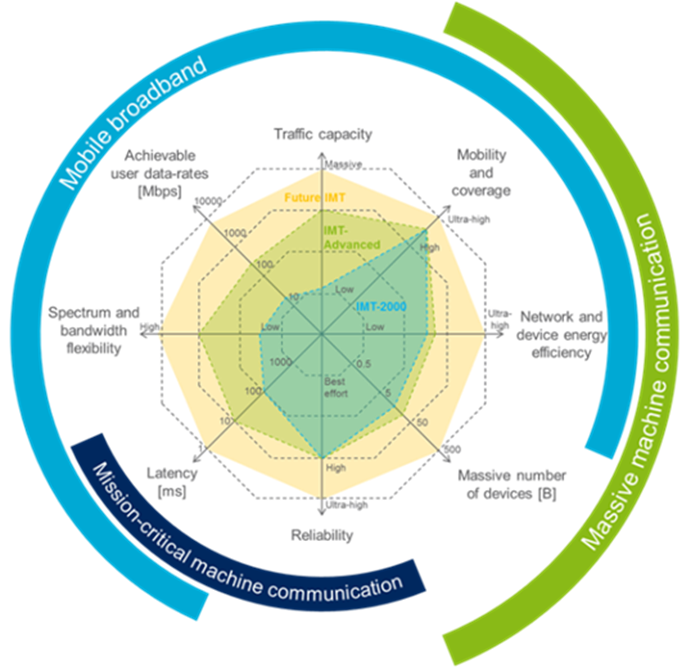School of Electrical and Computer Engineering Georgia Institute of Technology
5G Cellular Systems
Overview
We are witnessing an unprecedented increase in the number of human as well as machine-type devices with over 50 billion devices estimated by 2020. Not only that, but there is also a steady growth in the number and types of applications and services that are becoming available for the mobile segment, a large share of which are cloud-based. Historically, cellular systems have taken considerable leap from one generation to another. This looks increasingly certain as we are getting closer to the 5G standards that are planned to be made available by 2020. Not only the 5G cellular systems will be of a disruptive nature, but also expected to be a first effort in truly integrating the legacy cellular systems as well as other wireless technologies such as WiFi to work in tamdem towards satisfying the growing data needs.
The fundamental research objectives of this project are to investigate and steer state-of-the-art research in the key technologies that will be playing a major role in 5G including massive MIMO, 3D MIMO Channel Modeling, multi-layer multi-RAT HetNets, millimeter wave communication and energy efficiency.
The key performance indicators for 5G were presented in the METIS 5G vision and shown as follows.
| Performance Indicator | Value |
|---|---|
| Peak Data Rate | 10 Gbps |
| Latency | 1 ms |
| Number of devices | 1000x |
| Energy Efficiency | 10x improvement |
| Reliability | Very High |

|
| Figure 1 5G Requirements |
| Source: METIS |
You are visitor:
since 11/26/2014.